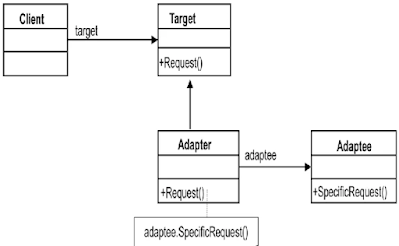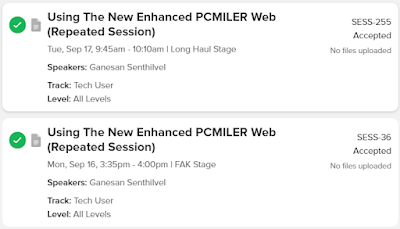In 3+ decades of global work experience/learning, blessed with few inspiring mentors to achieve with super six execution steps:
- Passion
- Plan
- Prepare
- Practice
- Physical exam
- Permit
If not, wouldn't be Doctorate. Many thanks to uplifting disciplines from them.
As 'Embrace the journey consistently, where result comes effortlessly', 6Ps derived me to become Multi Cloud Engineer (MCE) with 3:4:3 ambitions.
Illustration: In any case, multi cloud expertise in 3 years with divisible of 4 quarters (year) and 3 months (quarter) with the capital of self-drive/motivation!
'Grab every opportunity that comes on your way' - work initiatives got into AWS and Azure hands-on product engineering, followed by self-practices of Google cloud.
Thanks for being part of this passionate consistent journey to move forward in 2025 AI era!
Happy New Year 2025 to everyone in the world.







































